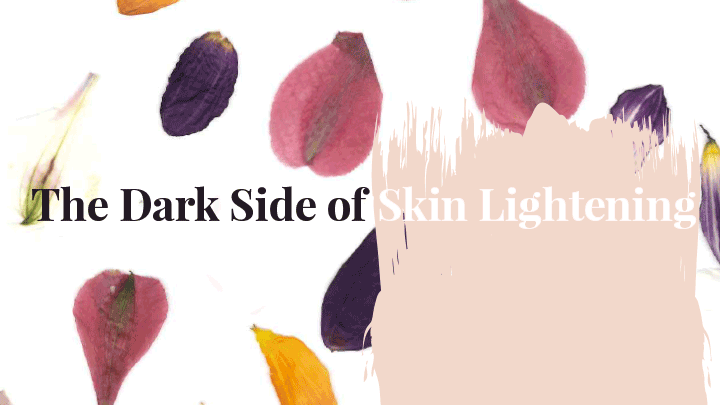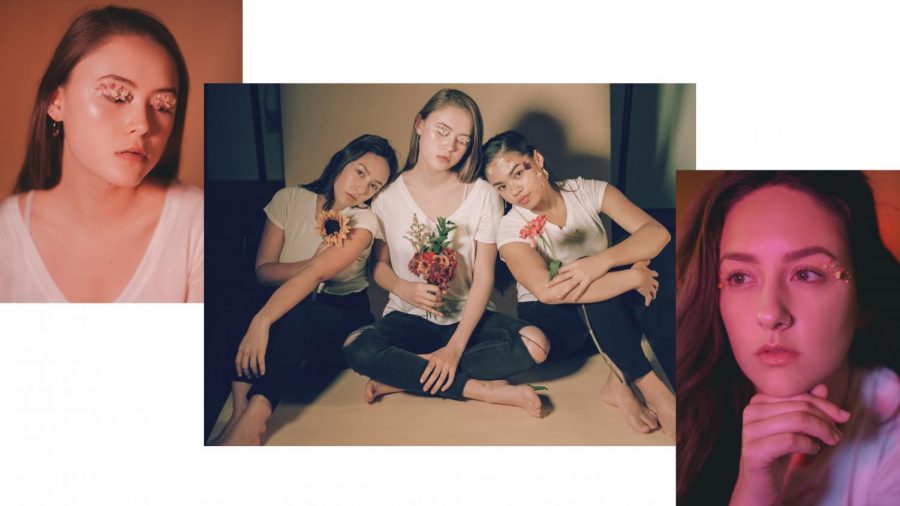The Dark Side of Skin Lightening
Skin lightening has ballooned into a $10 billion industry, with cosmetic giants like Fair and Lovely, a fairness solution skin care company, emerging in countries all over the world. It is a niche in the beauty industry that has deep roots in Asian culture with skin lightening powders and practices dating back to ancient China and Japan. The antiquated belief was that a fair complexion indicated wealth and social status.
Today, Fair and Lovely advertisements feature pictures of South Asian women with natural-looking skin and after shots of the same women looking much paler. Some Fair and Lovely advertisements even feature white women. White women are not the target demographic for skin lightening products but are, presumably, the ideal result for their consumers — the impossible expectation which men and women alike solicit in most Asian cultures.
Steinhardt junior Grace Moon explained that there is a social emphasis placed on fair skin in Korean culture. According to Moon, being pale or having lighter skin symbolizes femininity in South Korea. She also spoke about the ingrained sense of racial hierarchy in Asian populations.
“Among Asians there is a racial hierarchy that is replete with multilayered systematic oppressions, all of which highly stem from Western capitalist influences,” Moon said.
The NYU Asian American Women’s Alliance recently held an event titled “Conflicting Beauty Standards in the East and West” that addressed issues like the one Moon raised.
At the event, confidence-boosting activities such as live makeup tutorials and a photo booth offered attendees a space to unwind and open up about the societal beauty standards by which they feel burdened. The event ended with an open forum where topics like colorism in Asian communities, the stereotyping of Asian women as delicate and petite and the importance of sun protection were discussed.
Amanda Tiew, AAWA president, said that the event was intended to celebrate the positive side of beauty ideals while also acknowledging the negative ones.
“Celebrating body positivity was a huge thing, but also recognizing and calling out the unhealthy beauty ideals that have been imposed on us for a very long time, in systemic and institutionalized ways like white supremacy and classism,” Tiew said.
While skin bleaching was not brought up during the event, Tiew privately shared a few thoughts on the subject. She addressed its long-entrenched history in Asian cultures, and also explained how these are now connected to modern ideas of social class, the unfortunate anti-black sentiment within Asian communities and also the current prevalence of white supremacy. The rise of colorism — or treating lighter skin tones preferentially within a specific race — has perpetuated the same idea of racial hierarchy that Moon mentioned.
“We felt a need to address [colorism] within our own communities while also being allies for let’s say the black community that’s been very affected by that, too,” Tiew said.
“You Look Like the Help: A Disturbing Link Between Asian Skin Color and Status,” an essay by Mari Santos published in Splinter News, looks at colorism from a personal account. The essay details Santos’ childhood growing up as a Filipino who looks Korean and the impact it had on the development of her identity as an Asian woman.
Santos cites the Filipino value for pale skin as dating back to the Binukot — young girls who were chosen as children for their beauty and kept inside for their entire lives to shield their skin from the tanning rays of the sun. These girls were considered beautiful.
The media is largely responsible for whitewashing people of color, specifically of Asian descent. It is also responsible for the reversal of that repression.
In 2013, Fei Fei Sun became the first Asian woman featured on the cover of Vogue Italia. This was a revolutionary step that came way too late in history to be a point of pride. American Vogue went 82 years without printing an issue with a woman of color on the cover, and 121 years without an Asian woman. That is not a victory — merely reparation for nearly a century of consecrating only one skin tone as beautiful. It is also worth noting that Fei Fei Sun is considered exceptionally fair by community standards.
However, fair is not better, and the steps people take to achieve paler skin are unhealthy. Even though a lot of skin bleaching products advertise the use of 100 percent harmless ingredients (as Fair and Lovely claims), the practice is harmful, and not just in the physical sense. The mentality that forces one to try to bleach one’s own skin to achieve a society’s standard of beauty is deprecating and dangerous in itself.
Kiara Ventura, CAS senior and founder of ArtsyWindow, a multimedia perspective-based collaborative, grew up seeing skin bleaching creams in the bathroom cabinets of her family members. She recognized that those products propagated an unhealthy image not only physically, but mentally, too.
“Not only [are skin bleaching products] chemically toxic but mentally toxic to those using them,” Ventura said. “It can easily make one believe that the lighter the skin, the more beautiful.”
Tiew also recognized the chemically damaging measures that some women take to achieve fairer skin, saying that altering one’s chemical composition is not ideal.
The pale preference among Asian populations is now publicly being called out. Tiew get straight to the point when she said, “These are standards that don’t serve the Asian American women’s community in any way.”
Email Kate Holland and Sophie Shaw at [email protected].


